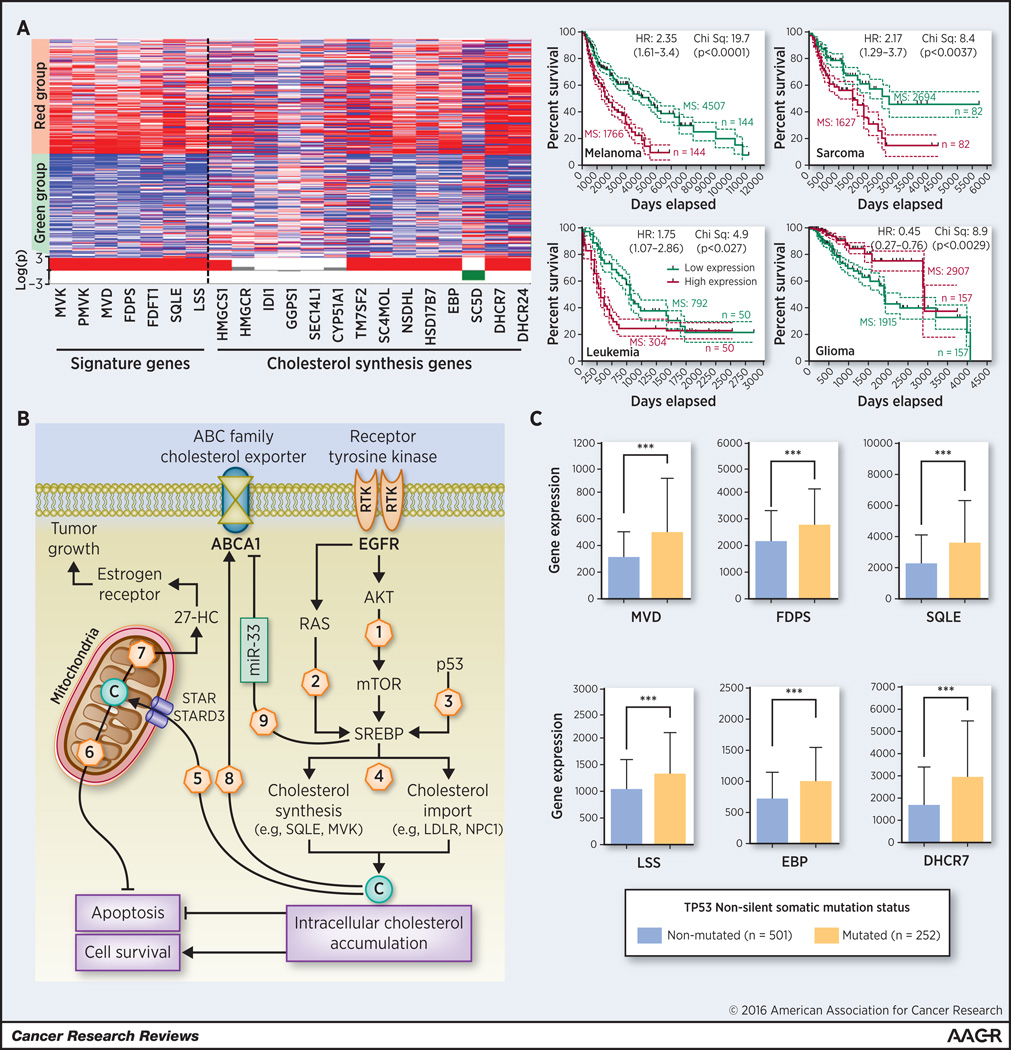Figure 1. Cancer patient survival and cholesterol synthesis pathway activity.
A) Expression of a gene signature representing the activity of the cholesterol synthesis pathway was analyzed using the UCSC Cancer Genomic Browser. Statistically significant differences in survival of patients were observed between high (red) and low expressing (green) groups in melanoma, sarcoma, leukemia and glioma (right panel). In left panel, the expression heatmap of various cholesterol synthesis genes are shown for melanoma. The statistical track displayed under the heatmap shows the logarithmic plot of p-values for each genomic position and represents the statistical difference between the two subgroups (Student t-test with Bonferroni correction). A bar above the centerline indicates that the expression of a particular gene is higher in the red group compared to the green group; and a bar below the center line indicates that the expression of the particular gene is higher in the green group compared to the red group. The data is available through the UCSC Cancer Brower (goo.gl/56UxKy). HR: Hazard ratio (Mantel-Haenszel) of red vs green group (95% Confidence Interval); p=p value of Mantel-Cox log-rank test; MS: Median-survival; n= number of patients. B) Oncogenic signals initiated from RTK/AKT/mTOR (1), RTK/RAS (2) or mutated p53 (3) induce the activity of SREBP transcription factor, the major regulator of genes encoding cholesterol synthesis as well as import proteins (4). Intracellular cholesterol is transported to the mitochondria by START domain family of proteins (5). Accumulation of cholesterol in mitochondria can suppress apoptosis by inhibiting release of apoptotic proteins from mitochondria (6). However, in mitochondria cholesterol is also metabolized to 27-hydroxycholesterol 27-HC), which induces tumor growth in certain cancers (7). Under steady state conditions, excess intracellular cholesterol is exported out by ABC-transporter family proteins, mainly by ABCA1 (8). Oncogenic signals may inhibit ABCA1 expression by inducing miR-33 leading to intracellular cholesterol accumulation (9). C) Breast cancer patients with mutated p53 showed increased expression of various cholesterol synthesis genes; Error bars show standard deviation. *** Student t-test p < 0.001.

